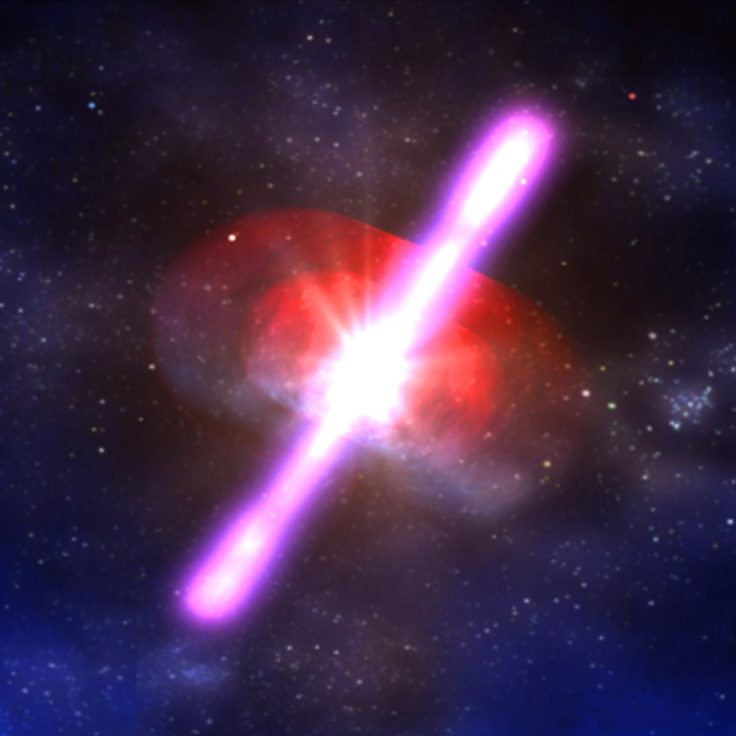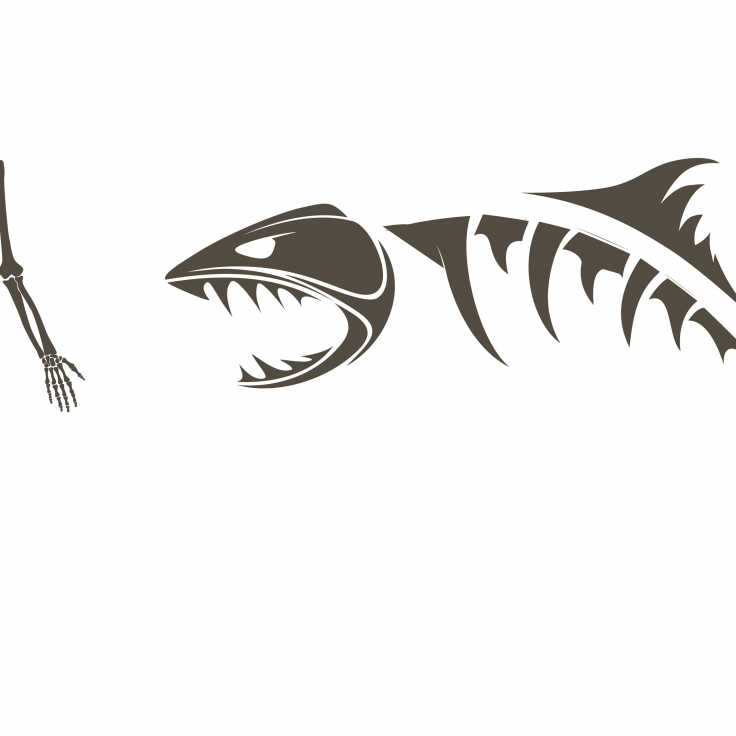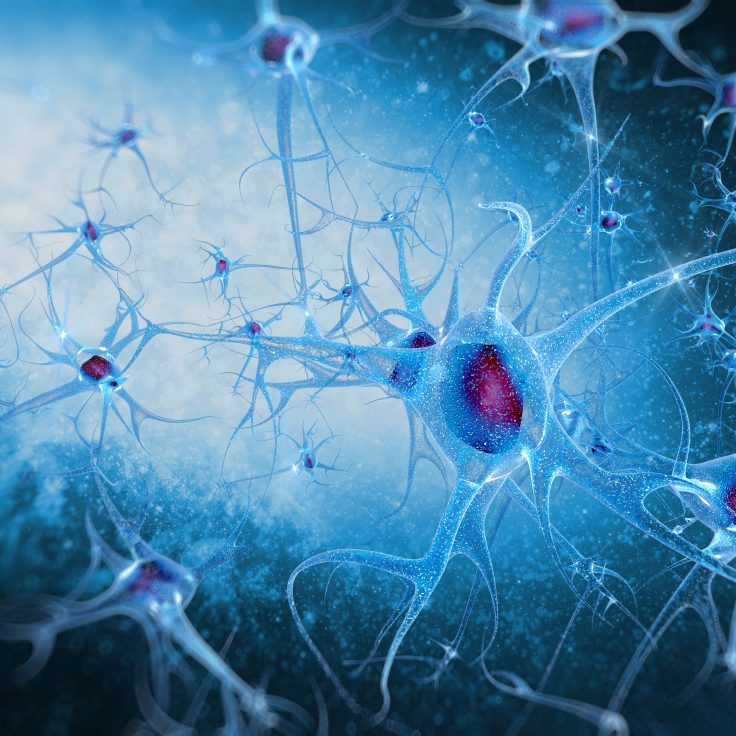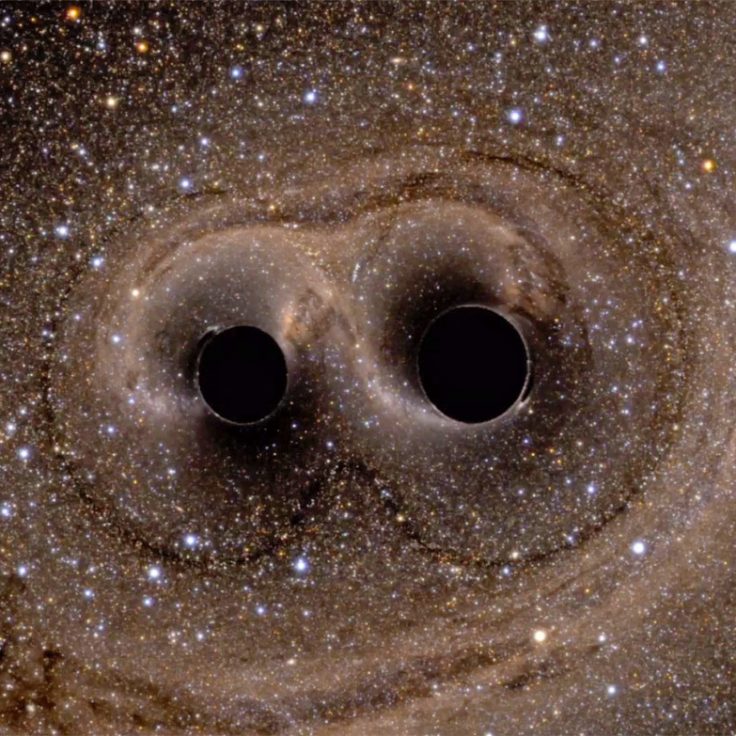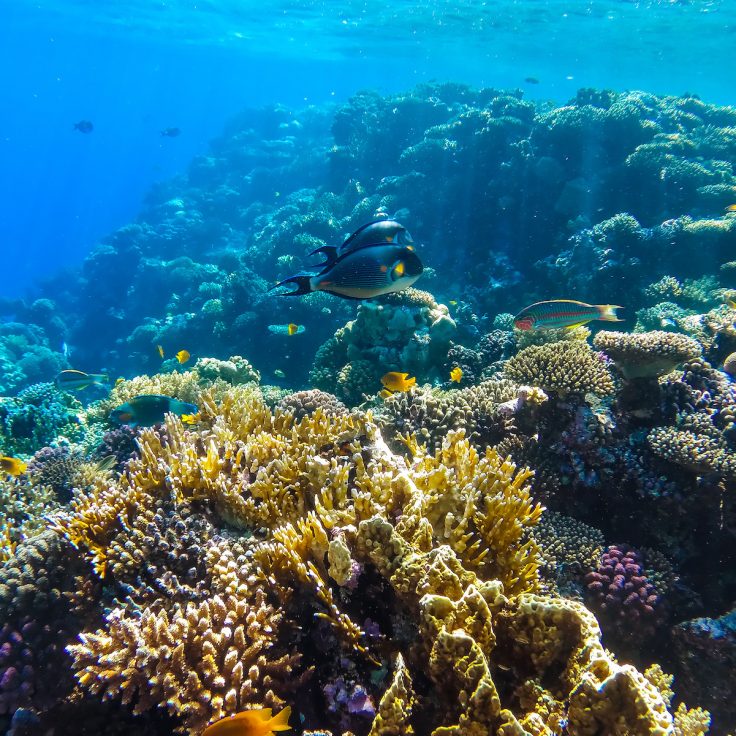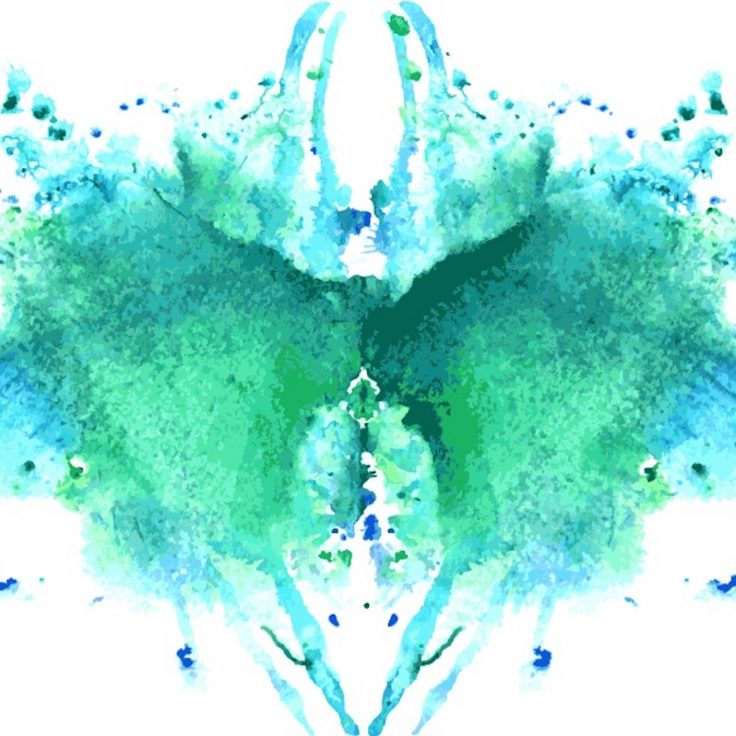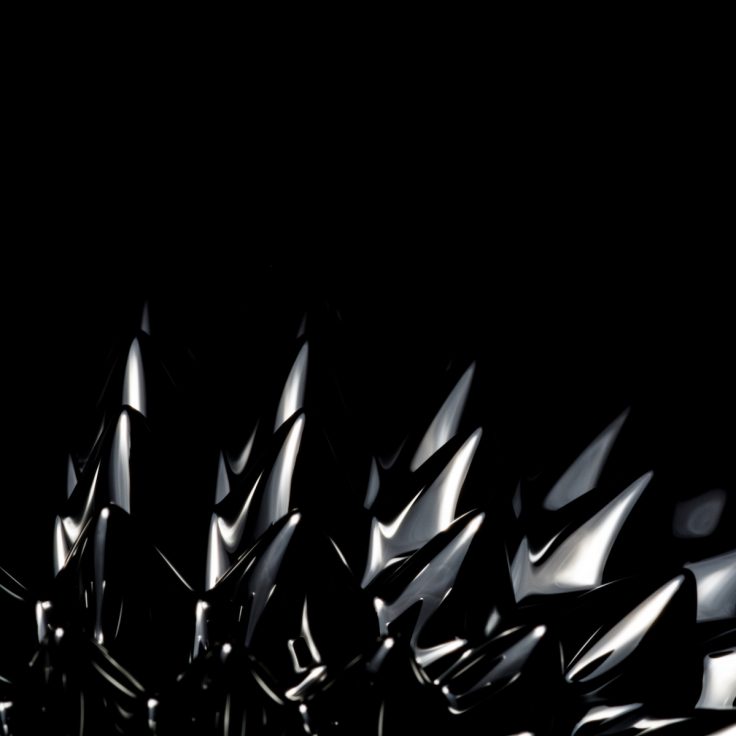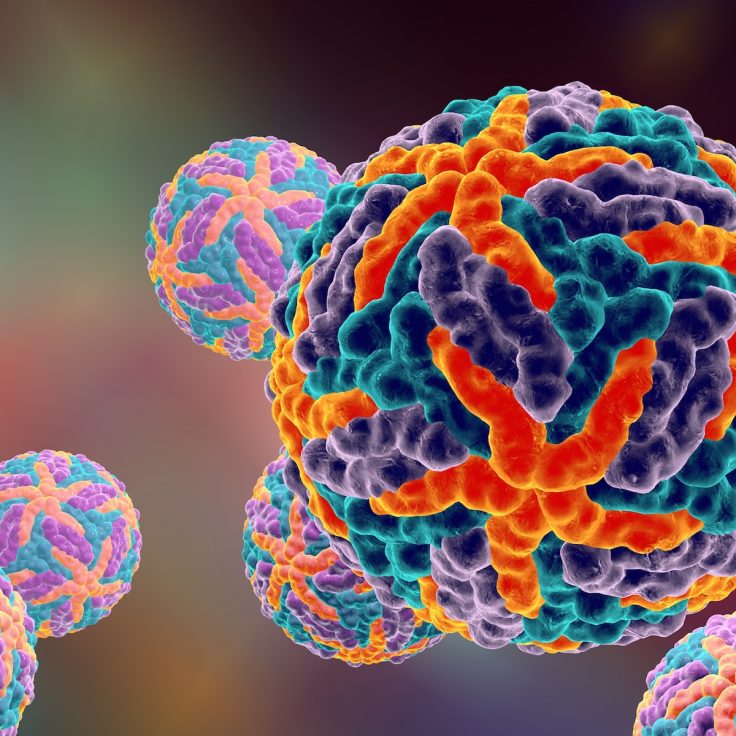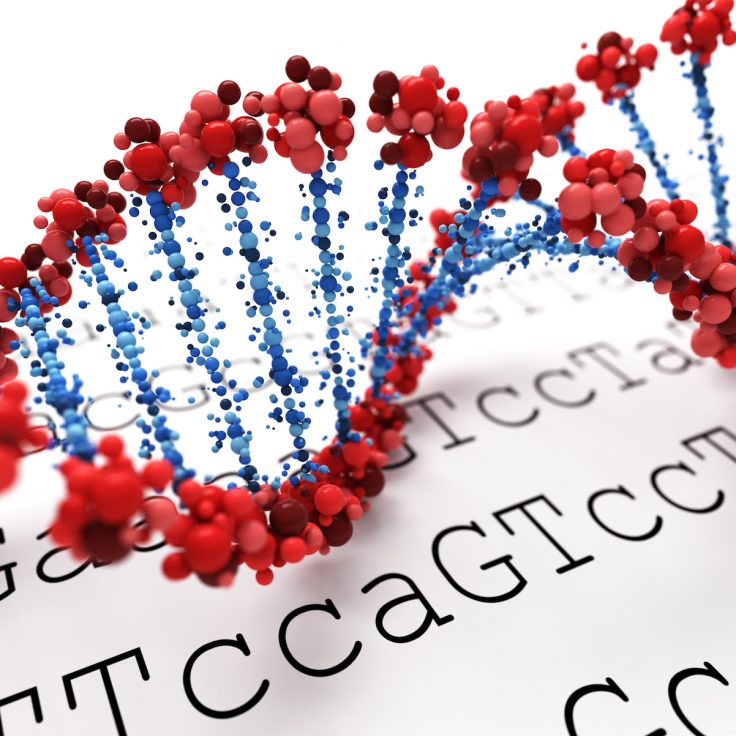News
Solving Cosmic Puzzles
Neutron stars are dead stars collapsed into the densest form of matter known to humans, with a teaspoon of neutron star matter weighing a billion tons, and their collision creates a swath of galactic debris. Decades ago, stargazing scientists formed plans to detect signals from this debris. Now, in the new era of aptly named “multi-messenger astronomy,” two international projects have achieved this goal: On August 17 of this year, the Laser Interferometer Gravitational-Wave Observatory (LIGO)’s two U.S.-based interferometers and the Virgo Collaboration’s Italy-based interferometer detected for the first time gravitational waves — ripples in space-time traveling at the speed of light — from the collision and subsequent merger of two neutron stars. The detection occurred just three days after yet another “chirp” from colliding black holes.
Bones Got Bite
Anthropological analysis of shark bites provides a new standard for forensic science.
A Route to Recovery
UF psychologist Lori Knackstedt studies an antibiotic that may cure cocaine addiction. Lori Knackstedt, professor of psychology, is seven years deep into research that’s yielded some surprising results: in cocaine-addicted rats, an antibiotic reduces their drug-seeking behavior and may prevent relapse. The drug Ceftriaxone appears to increase reuptake of glutamate, a neurotransmitter that regulates dopamine, […]
From K–T to Kermit
Among UF’s renowned team of extinction experts is David Blackburn, whose appreciation for frogs has led to his work on a groundbreaking new study. A paper published in July in the Proceedings of the National Academy of Sciences shows that although frogs have been around for longer than dinosaurs, most of the world’s 6,700-plus living species of frogs evolved after a mass extinction 66 million years ago made way for new biodiversity.
Third Time’s a Charm
LIGO detects third set of gravitational waves from colliding black holes. UF physicists have played a key role in these detections.
Makin’ Waves
Marine biologist and UF Biology alumnus Mike Gil PhD’15 has been named a TED Fellow and is one of 21 international experts who will attend and speak at this year’s TEDGlobal, TED’s annual conference, which will take place in Arusha, Tanzania in August. “I'm truly honored by the distinction,” says Gil.
Professor of Anthropology Receives ACLS Fellowship
Professor of Anthropology Richard Kernaghan receives an ACLS fellowship for new book project.
LIGO Director David Reitze Honored
On April 20, 2017, David Reitze, UF professor of physics and current director of the Laser Interferometer Gravitational-Waves Observatory (LIGO) at Caltech, will be recognized by the National Academy of Sciences for his leadership at LIGO, which has detected two chirps of gravitational waves from colliding black holes. The discovery is significant because it demonstrates that the fabric of space-time is rippled by enormous outputs of energy, as Albert Einstein predicted in 1916. Learn more about gravitational waves and their detection, below.
You May Recycle, But You’re Still Not Cool
UF researchers conduct first implicit bias research on environmentalist attitudes and behaviors.
Professor of Chemistry Wins SEC Faculty Achievement Award
The Iron Man of UF has won again. Professor of Chemistry George Christou, known for his research in nano-magnets, has received the SEC Faculty Achievement Award for his accomplishments. The Southeastern Conference, an athletic association comprising 14 academic institutions, has honored one faculty member from each institution for the past six years. This year, they […]
Most dengue infections transmitted in or near home
Study findings could aid in interrupting transmission chains and reducing severe illness The majority of dengue virus infections appear to happen very close to home and are transmitted from the same family of mosquitoes, suggests new research led by the University of Florida and the Johns Hopkins Bloomberg School of Public Health. The findings, published […]
Three Biology Faculty Named AAAS Fellows
Every year since 1874, the American Academy for the Advancement of Science names its fellows for significant contributions to society and technology. In 2016, its 391 fellows included five UF faculty, three of whom are from the Department of Biology: Prof. John “Jack” Ewel, Prof. Alice Harmon, and Prof. Robert D. Holt. Holt, Eminent […]
